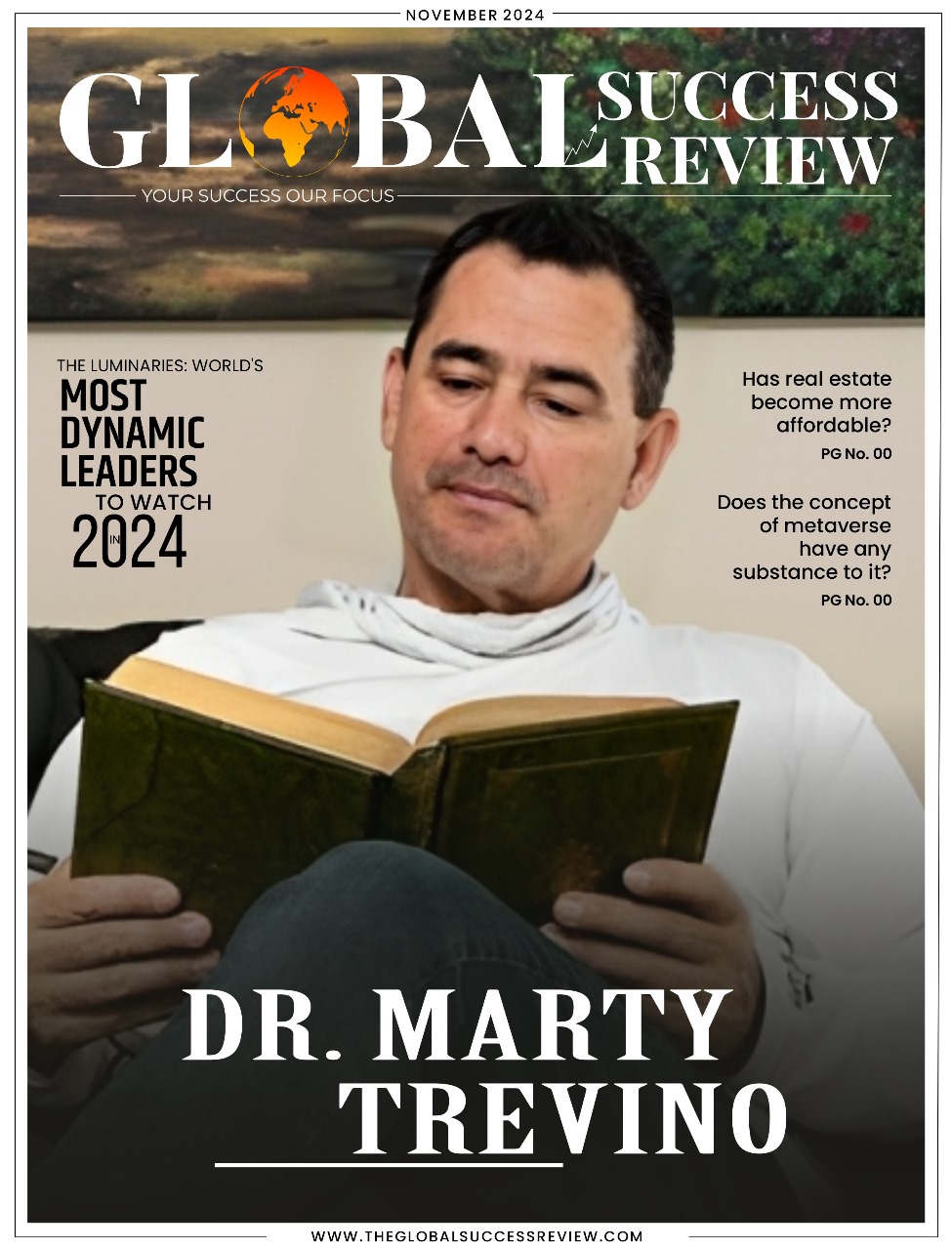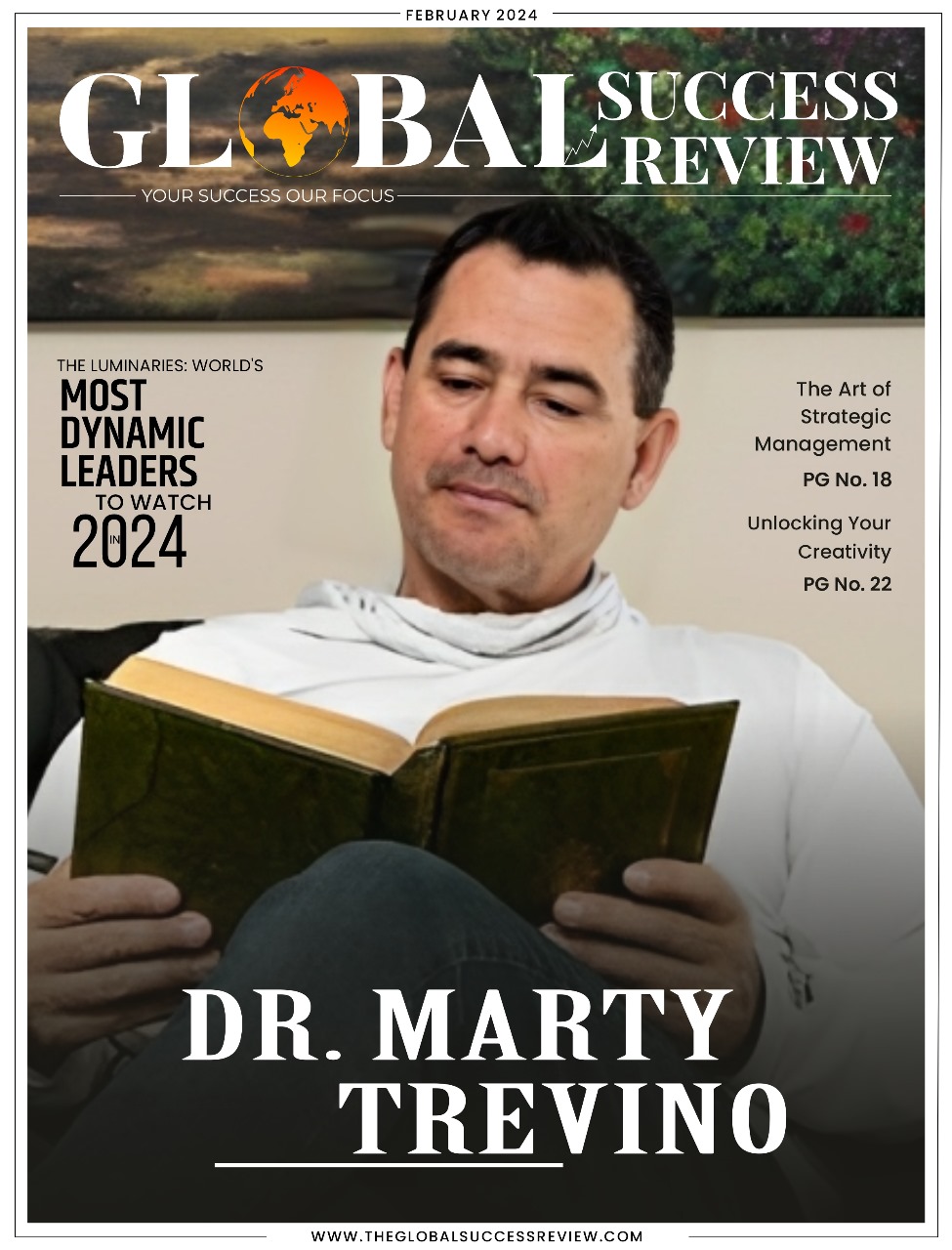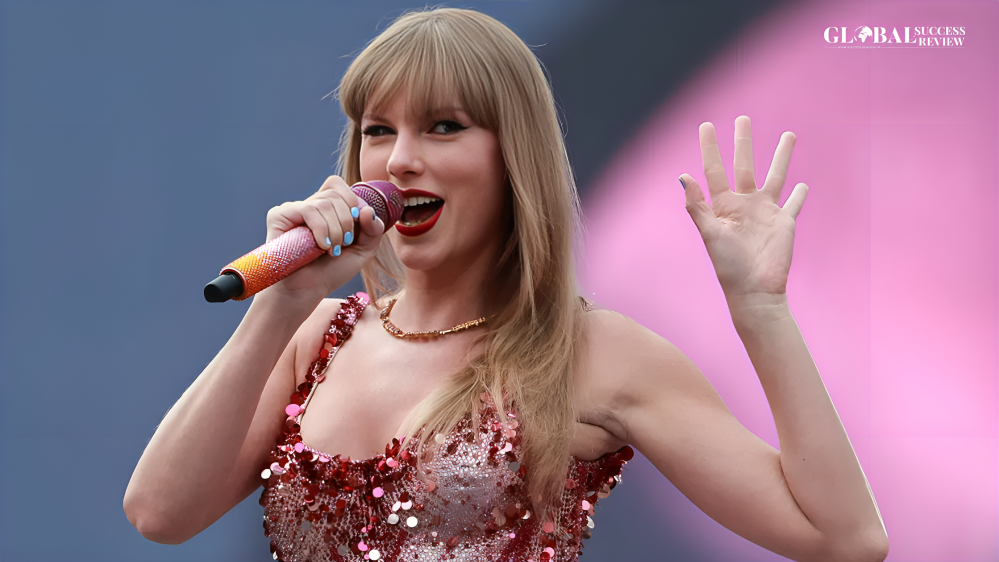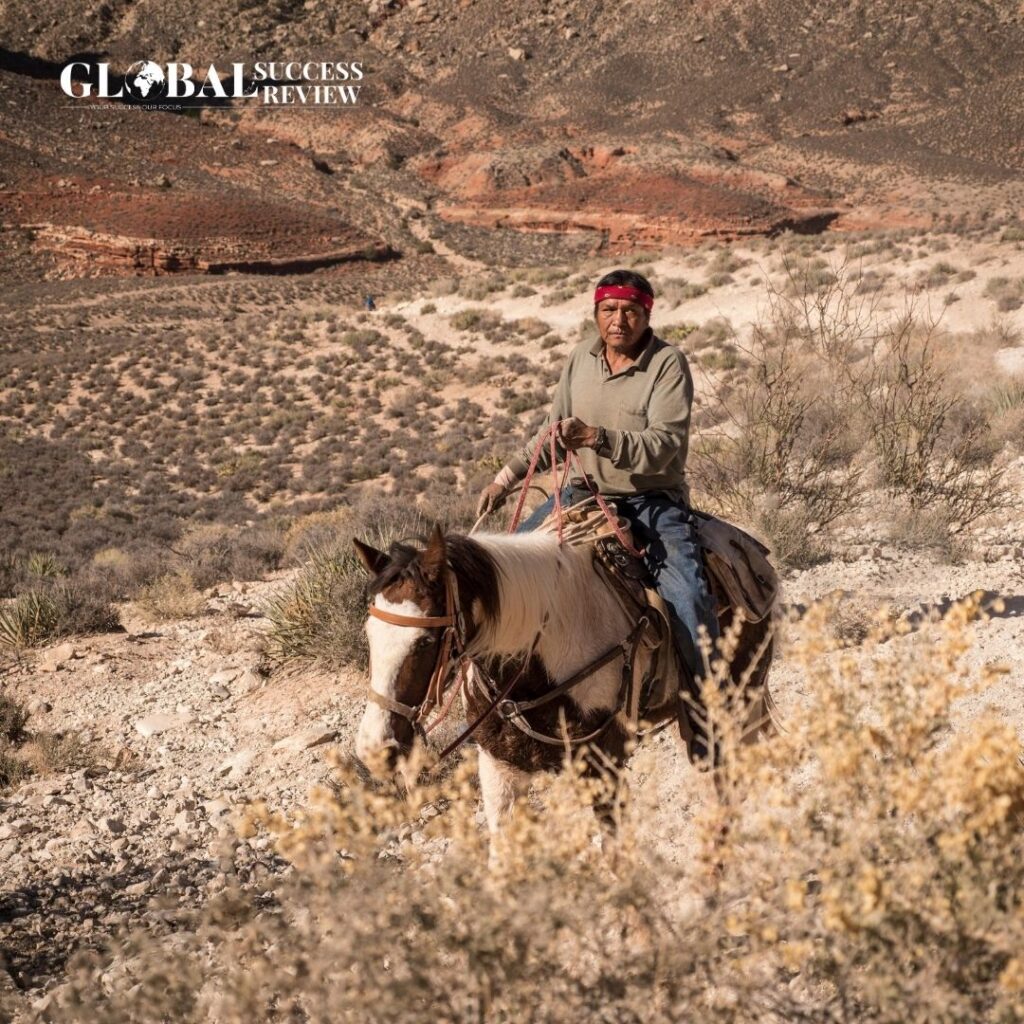Horse riding, often described as the art of riding, handling, and working with horses, is more than just a recreational activity or sport, it’s a deep connection between human and animal. From the battlefields of ancient empires to the graceful performances of equestrian shows, horse riding has played a pivotal role in human history, culture, and personal development.
A Rich History Rooted in Tradition
The history of horse riding dates back thousands of years. Archaeological evidence suggests that horses were first domesticated around 3500 B.C. on the steppes of Central Asia. Over the centuries, horses have served various purposes: transportation, agriculture, sport, and warfare. Civilizations from Rome to Mongolia thrived with the help of skilled riders and their equine companions.
In medieval Europe, knights trained in jousting and cavalry tactics, while in the East, Mongolian warriors became legendary for their unmatched riding and archery skills. Horse riding was not merely functional; it was a sign of prestige and nobility in many societies.
Types of Horse Riding
Horse riding can broadly be divided into two main styles: English riding and Western riding, each with its own techniques, equipment, and cultural roots.
English Riding is commonly associated with sports like dressage, show jumping, and eventing. It requires a closer contact with the horse and is known for its elegance and precision. Riders wear traditional attire including helmets, jackets, and breeches.
Western Riding, which originated in the American West, was developed by cowboys for working cattle. It’s more relaxed in posture, and the saddle is designed for long hours of work. Rodeos, barrel racing, and reining are some popular events under Western riding.
Both styles emphasize the rider’s control, balance, and connection with the horse, though their methods may differ.
Benefits of Horse Riding
Horse riding offers a unique combination of physical, mental, and emotional benefits.
- Physical Fitness: Riding improves balance, coordination, and core strength. Guiding a horse and staying in rhythm with its movements engages muscles in the legs, arms, and abdomen.
- Mental Focus: Riders must remain alert and responsive to their surroundings and their horse’s behavior. This encourages mindfulness and sharpens concentration.
- Emotional Connection: Developing trust with a horse fosters patience, empathy, and communication. Many riders describe a profound emotional bond with their horses that offers comfort and companionship.
- Stress Relief: The outdoors and rhythmic motion of riding can be deeply relaxing, helping reduce anxiety and improve mood.
- Discipline and Responsibility: Taking care of a horse teaches routine, responsibility, and respect. Feeding, grooming, and cleaning up after a horse is an essential part of the riding experience.
Horse Riding as a Sport
Horse riding has been a part of the Olympic Games since 1900. Disciplines such as dressage, eventing, and show jumping challenge both horse and rider in terms of athleticism and harmony.
In addition, sports like polo, endurance riding, and horse racing attract enthusiasts worldwide. Events like the Kentucky Derby and Royal Ascot draw massive audiences and celebrate the power and grace of these animals.
Therapeutic Riding: Healing with Horses
Equine-assisted therapy has become a recognized treatment for individuals with physical, emotional, or cognitive challenges. Riding sessions help people with autism, PTSD, anxiety, and developmental delays build confidence, improve coordination, and foster trust. The calming presence of horses, combined with structured riding routines, can create life-changing breakthroughs.
What Beginners Should Know
For those new to horse riding, the first steps include:
- Choosing the Right Stable: A reputable riding school with trained instructors is essential for safe learning.
- Proper Gear: Helmets, boots with a heel, and comfortable clothing are necessary. Safety is a top priority.
- Learning Horse Care: Grooming and bonding with the horse are as important as riding skills.
- Starting Slow: Begin with basic riding lessons, learning how to mount, steer, and stop the horse.
Patience is key—both the rider and horse need time to adjust and understand each other.
The Human-Horse Bond
What truly sets horse riding apart is the unique relationship between rider and horse. Unlike mechanical sports, horse riding requires communication without words. A shift in weight, a squeeze of the leg, a gentle pull of the reins, these subtle cues form a language understood only through trust and practice.
This bond teaches riders to be calm, assertive, and respectful. Horses are incredibly perceptive; they mirror human emotions, offering honest feedback and connection in a way few animals can.
Conclusion
Horse riding is far more than an elegant pastime or an exhilarating sport. It is a timeless journey that brings people closer to nature, challenges the body and mind, and fosters a rare companionship between human and animal. Whether you ride for competition, leisure, therapy, or adventure, the saddle offers a perspective unlike any other, a blend of freedom, discipline, and unity with one of the world’s most majestic creatures.



















